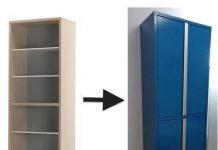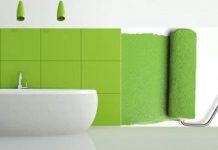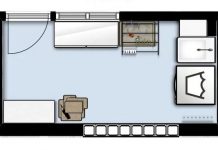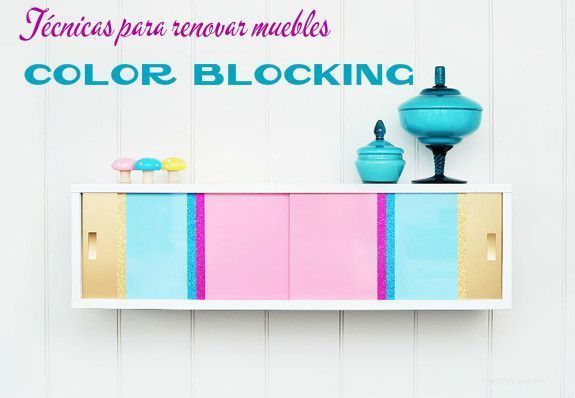
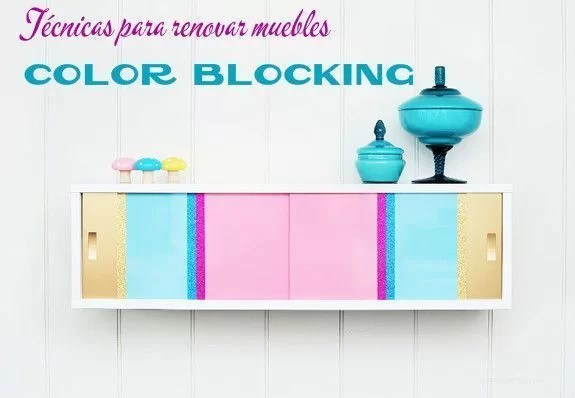
The color blocking o «color blocks» is a technique based on the use of color and its different combinations to renew and update furniture and objects, giving them joy, freshness and a modern air. If you want to give your old furniture a second chance, don’t miss all the keys to apply the color blocking technique.
Thanks to color blocking, the possibilities of customizing a piece of furniture are practically endless, since you can use matte or bright colors or even combine them, choose pastel or intense tones, follow a color scale or different contrasting tones… it all depends on your creativity and style. that you want to give to the furniture.
What furniture?
The The color blocking technique can be applied to both wooden and melamine furniture. It is also possible to use it in decorative objects made of wood, glass, metal, etc., and even in upholstery.
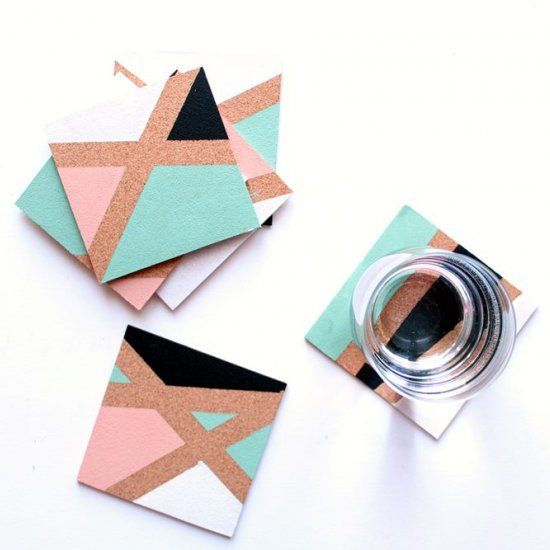
Image: Craftgawker.com
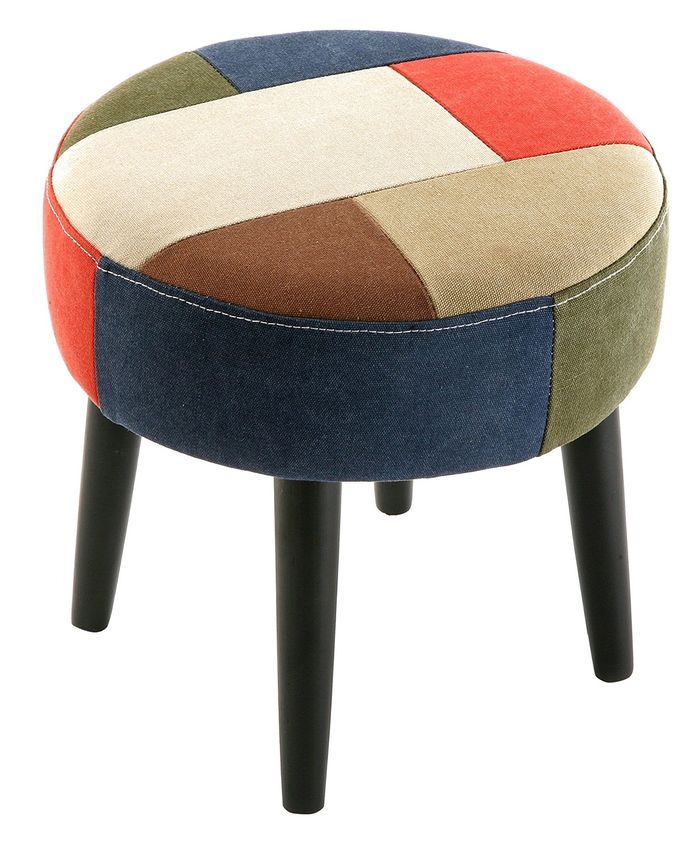
Image: Mimma Furniture
We can use blocks of color to decorate tables, headboards, chairs, etc., although it is especially appropriate in chests of drawers and furniture with drawers, either using different colors or gradient tones.
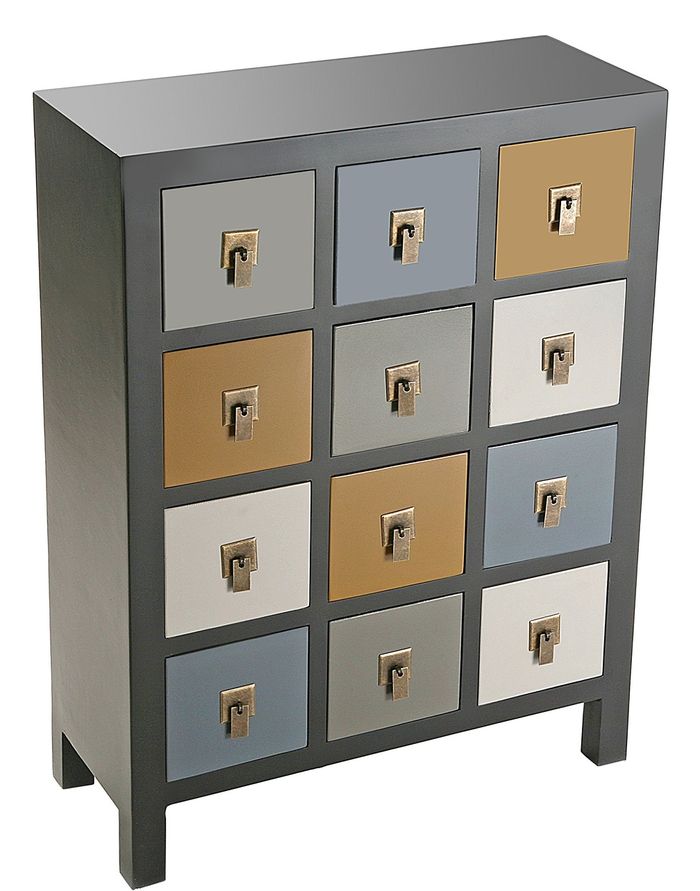
Image: Mimma Furniture
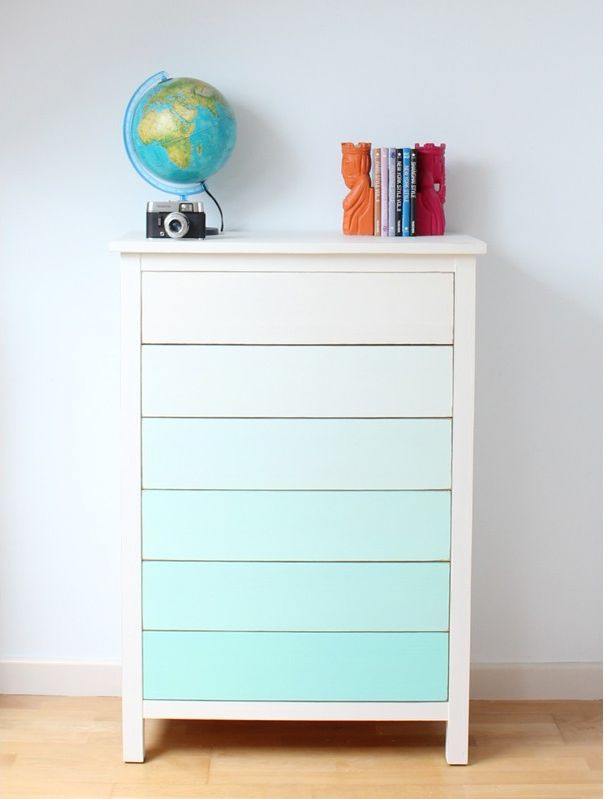
Image: Vintageandchic.net
What style?
The color blocking fits both classic and contemporary furniture. In the case of classic or vintage style furniture, it contributes to giving them a renewed air that is very appropriate for eclectic environments, although it also helps to rejuvenate them to adapt them to children’s rooms, for example.
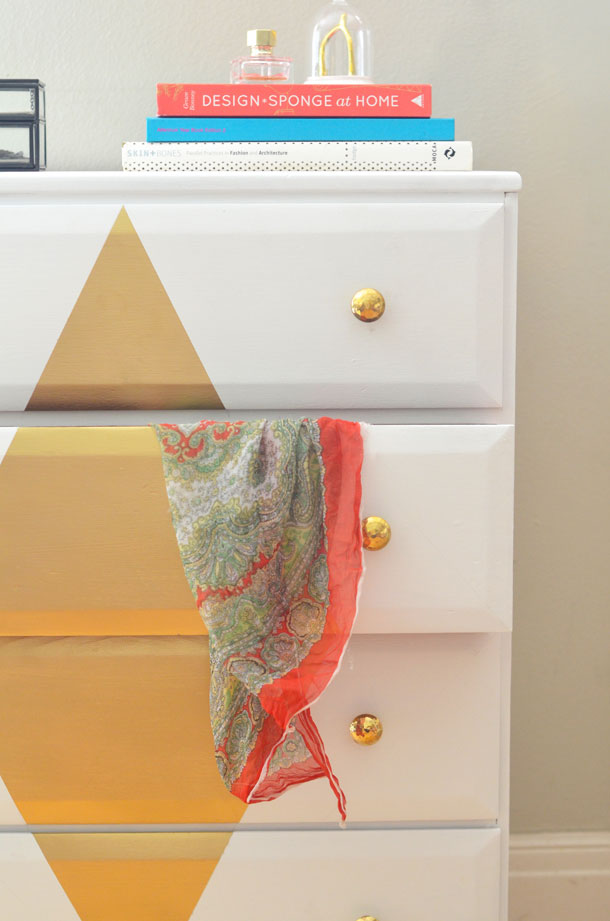
Image: Brit.co
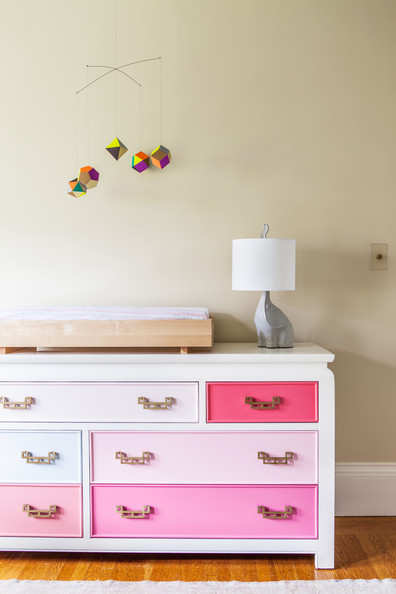
Image: Lonny.com
Using blocks of color in melamine furniture with straight lines and current style, we will achieve a very decorative result that will greatly enhance its appearance.
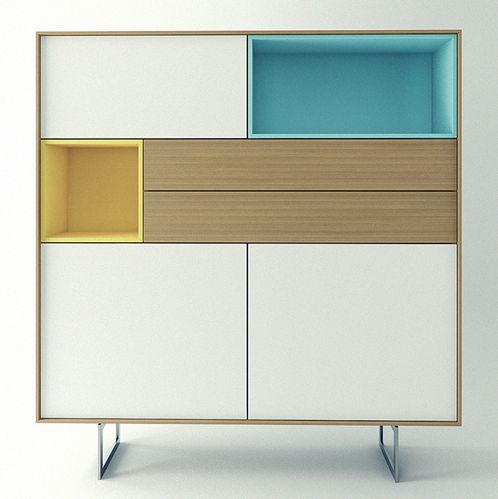
Image: Behance.net
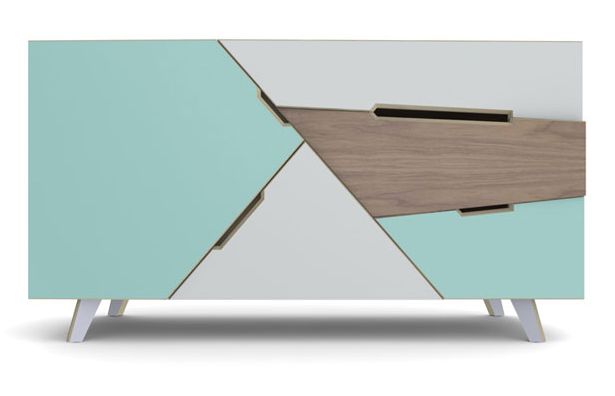
Image: Ohmydesignblog.com
What do we need?
The materials needed to apply the color blocking technique will depend largely on the surface on which we are going to work, although there are two materials that are essential: the Masking tape and a color chart or guide.
The masking tape will help us create the blocks or parts and the color chart to decide the tones and combinations. If you do not have a color chart, I advise you to visit the Colorhexa.com page as it will help you to know the complementary, analogous, etc. from a certain color.

Image: Colorhexa.com
On the other hand, when applying color we can use paint or vinyl (on smooth surfaces and melamine). If paint is used, it will be necessary to assess whether the furniture requires prior priming (in this link you can see when it is convenient to apply primer) and sanding, which will depend on the type of paint and the finish of the furniture.
In the case of vinyl, you will only need self-adhesive vinyl, a spatula and a cutter (you can see how to cover surfaces with vinyl without bubbles forming at this link and how to cover corners with vinyl at this link).
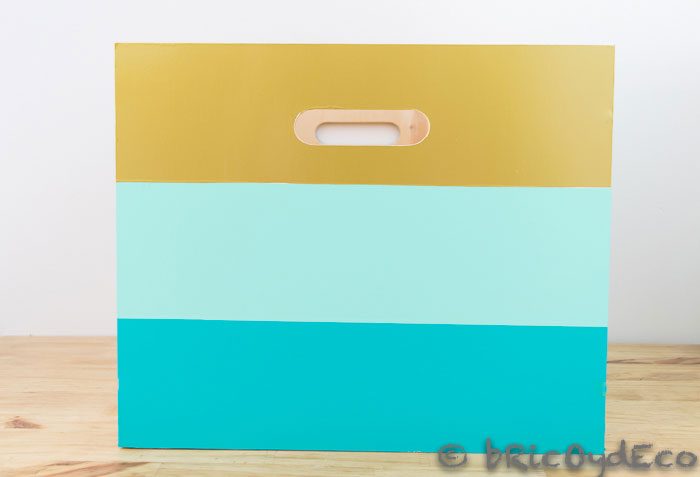
How to apply the technique?
I particularly recommend using paint for wood or trim surfacesfor this we must follow the following steps:
– Sand (you can do without it if you use blackboard paint).
– Give primer (see in this link in which cases it is recommended).
– Apply masking tape.
– Paint with a brush or roller the desired color or apply spray paint.
– Remove the masking tape before the paint has completely dried.
– Once the recommended repainting time has elapsed, reapply the bodybuilder’s tape and apply a second coat of paint.
– Repeat this operation with each color block.
– Depending on the type of paint used, the furniture must be protected with varnish or wax (for example, in the case of blackboard paint).
The following image is an example that it is not necessary to completely paint the furniture to create a beautiful effect.
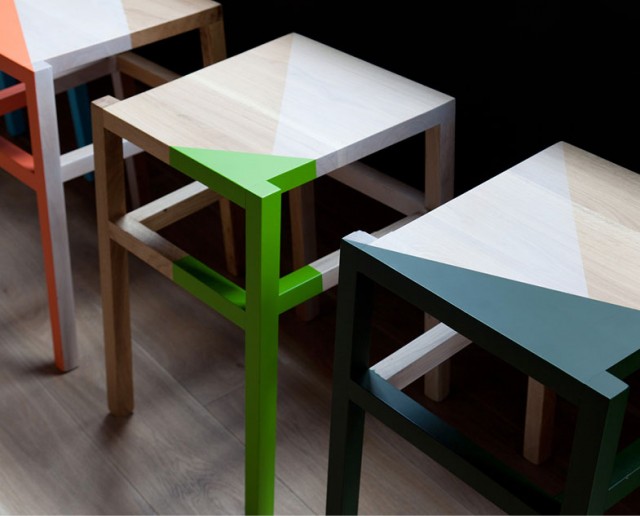
Image: Fubiz.net
Also in this link you can see the step by step of decorating a wooden tray using color blocks (triangles).
On the other hand, self-adhesive vinyl is particularly suitable for coloring completely smooth surfaces or melamine furniture. Its placement is quick and simple, you just have to follow the following steps:
– Clean the surface with methylated spirit to remove traces of wax (furniture cleaner for example) and ensure good adhesion of the vinyl.
– Place the self-adhesive vinyl with the help of a spatula.
– Cut the excess vinyl with a cutter.
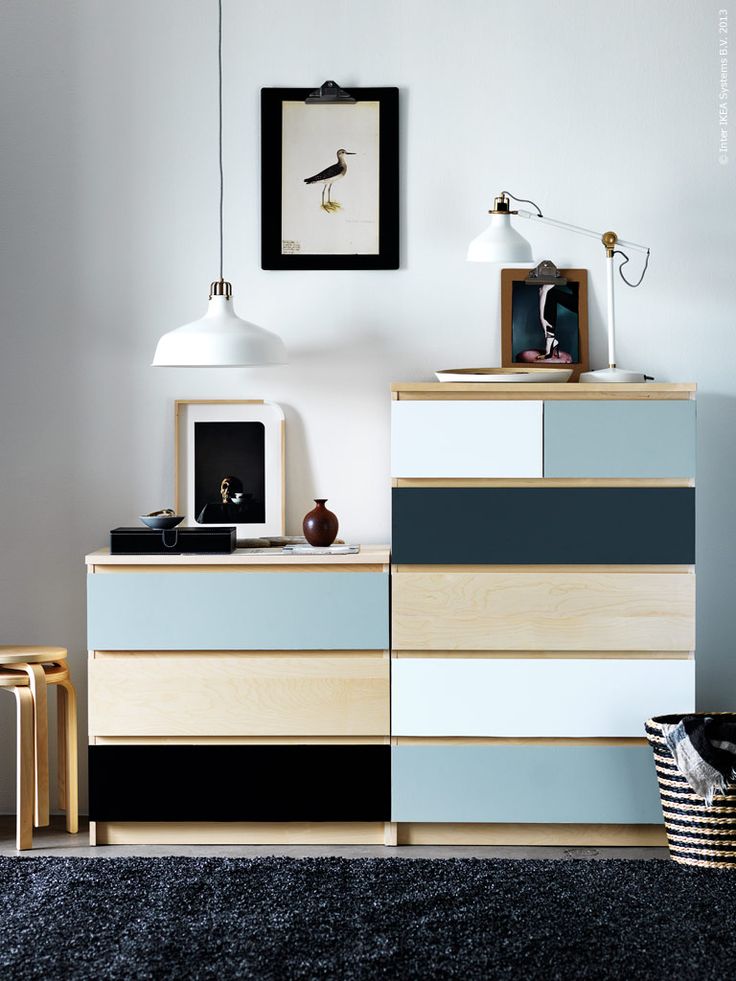
Image: Ikea.com
You can see the step by step of how I covered the fronts of a chest of drawers with self-adhesive vinyl at this link.
do you like the color blocking technique? Do you think it suits your style? If so, you see, thanks to it you can give your furniture a second life to achieve beautiful and decorative effects.
You can see many more DIY and decoration ideas at Thank you very much for commenting and sharing!

